Human resources are considered one of the most important resources of the country, playing the decisive role in terms of the growth and the development of the economy. In order to develop the Southeast Region in accordance with the planning of Resolution 24/NQ-TW, human resources, especially high-quality human resources associated with the competitive advantages connected to one region, need to be carried out in accordance with the plan. From the analysis of the current situation in the first period of the article, the authors have proposed some orientations for the development of highly-qualified human resources to meet the requirements of sustainable development for the Southeast Region in the second period.

Approaches towards developing high-quality human resources for the development of the Southeast Region
* Approaching in accordance with the Growth theory
All modern growth theories emphasize the role of the quality of human resources, rather than the quantity. Therefore, labor supply is understood more broadly than human capital, including factors of skills and knowledge of workers. It is necessary to develop human resources in the direction of increasing human capital, rather than the number of workers. Compared with that of the whole country, the individual statistics for each locality in the Southeast Region in Figure 9 indicate that HCMC has the highest trained labor force, at 38.71% (year 2020), followed by Ba Ria - Vung Tau Province with the rate of 30.07%. However, the quality of Vietnam’s labor force is being low. The skills of Vietnamese workers are being limited, only higher than that of Indonesia and Laos as well as far behind compared to those in ASEAN-4 Group (Figure 10).
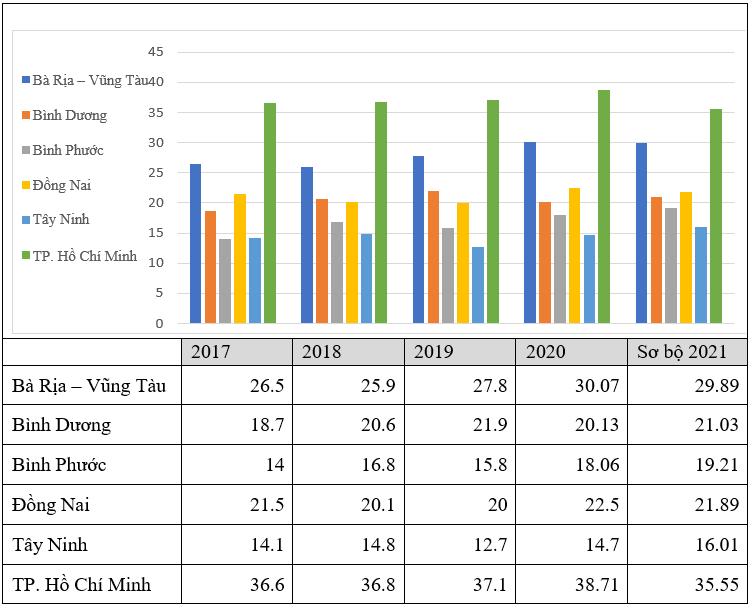
Figure 9. Proportion of workers (aged 15 years and older) working in the economy and receiving local training. Source: Author compiling from data of General Statistics Office (2022)
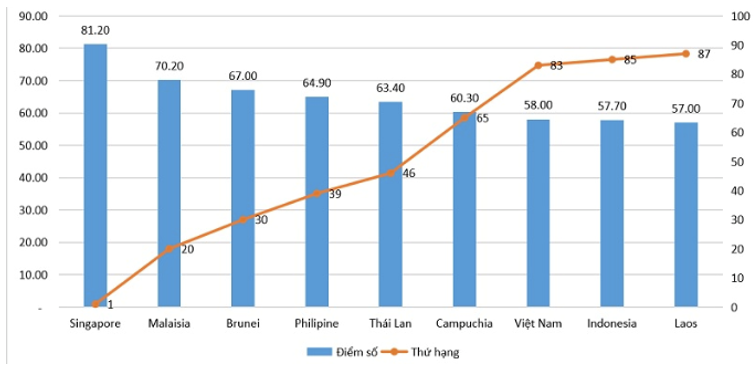
Figure 10. Quality of Vietnamese workers compared to that of other countries in the region. Source: CIEM (2021)
* Approaching from the actual needs
Upon mentioning the quality of human resources, one of the issues that can not be ignored is the role of the education and training system. The fact that trained workers do not meet the needs of the labor market needs to be analyzed closely so as to solve the root of the problem. In accordance with Puckett et al. (2020), the education system has been training workers in accordance with the 20th century model: standardized education and a life-time job whereas today's world has completely changed. The ongoing technological change and market transformation requires agile thinking, rapid and continuous learning, and mobility. Instead of mass standardization as in the past, education needs to focus on the uniqueness of the masses and focus on people. The development of human resources of the localities should focus on the actual needs and development orientation of the proposed Region.
Specifically, Ba Ria - Vung Tau Province develops industry in a sustainable and selective way, strongly shifting from the mining industry to the processing and manufacturing industry, which is friendly to the environment. Services focusing on spearheads are tourism, seaports and logistics. Agriculture developed with the spearheads being fishery (67.23%) and agriculture (32.48%). Similarly, Binh Duong Province prioritizes the development of industries of information and telecommunications, electricity - electronics, artificial intelligence, automobile manufacturing, biotechnology, biomedical electronics, software manufacturing together with clean and renewable energy. In terms of services, developing service industries with advantages, high content of knowledge, technology and added value on the foundation of modern technology and digital technology. Particularly in agriculture, restructuring towards high-tech agriculture, high added value, improving productivity, quality of agricultural products and efficiency of production and business. Ho Chi Minh City advocates industrial development with science-technology content on the foundation of high-tech industry and digital economy; promoting the development of supporting industries and continuing to develop 04 key industries: mechanical engineering, electronics-information technology, pharmaceutical chemistry - rubber, and food processing. In terms of services, the city focuses on 09 key service industries, especially developing 04 advantageous industries: commerce (16.4%), finance and banking (10.1%), and warehousing transportation (8.7%) and professional activities, and science and technology (5.3%). Stemming from the reality of economic restructuring and development orientation of the region, the development of high-quality human resources should be based on the requirements of sustainable development with competitive advantages in innovative and creative science, technology and innovation. Areas that can develop human resources focus on key industries as follows: high-tech industry, software industry, digital content; tourism services, port services and logistics, finance and banking, medical education and high-tech agriculture.
This fact leads to the requirement of training workers so that knowledge and skills are not too outdated; nevertheless, it is impossible to completely eliminate the gap between school knowledge and reality. Therefore, employees must be trained with a good learning attitude to be able to self-study, lifelong learning and quickly adapt to all circumstances.
* The capacity of supplying human resources through training
Within the context of scientific-technological revolutions and the trend of economic transformation of localities, the fact that human resource training aims at providing foundational knowledge, scientific knowledge and professional skills for workers plays an important role. In the Southeast Region, besides Binh Phuoc Province and Tay Ninh Province that do not have a University, the number of lecturers in the remaining 4 Provinces and Cities in 2020 is 22,068 lecturers, accounting for 28.82% of the number of lecturers of the whole country, mainly working in Ho Chi Minh City. Statistics on the number of students studying at Universities in 2020 in Figure 11 indicates that the current students studying at Universities in the Southeast region account for 34.19% of the total number of students in the country. Compared with the rate of 18% regarding the labor force aged 15 and over working or compared with 18.8% of the population in terms of Province in the Southeast Region, this Region has a higher rate of tertiary education, compared to the general level of the whole country or other regions. Although the number of students statistically includes students from other Provinces and Cities, many graduates are willing to stay and work in Ho Chi Minh City and the Provinces of the Southeast Region.
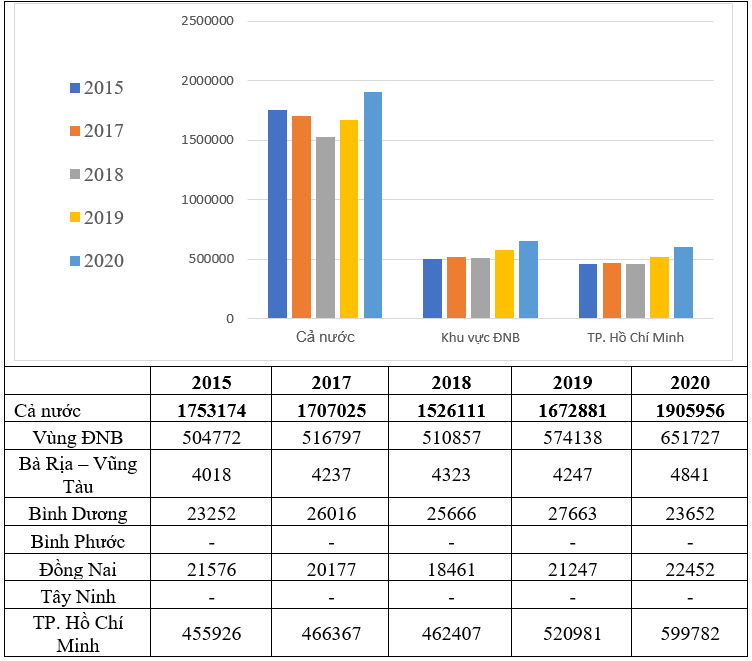
Figure 11. The number of students at Universities in the Southeast Region. Source: Statistical Yearbook (2021)
Proposing orientations towards developing highly-qualified human resources for the Southeast Region
* Proposals in terms of developing projects/plans/strategies on developing highly-qualified human resources
Regarding the development perspective of the Southeast region, the strategy in terms of human resources must be considered. This perspective should be concretized in the local human resource development projects for each development field and project. What is more specific, localities need to identify training needs, attract human resources associated with prominent clusters and local advantages through surveying market needs, organize seminars and talks with local partners or stakeholders, including: businesses - localities - training institutions. Enterprises are the object of understanding the needs of human resources; therefore, they can make additional training requirements, improve skills and skills for employees in the most accurate and effective way. The development of human resources is associated with the optimal exploitation and the use of resources to attract and to retain high-quality human resources. Depending on the operating characteristics of local businesses, the project of high-quality human resources is updated and adjusted accordingly, both in terms of needs and policies to attract and to use human resources.
*Training highly-qualified human resources through linkages among affiliated parties
In accordance with the foundation of the existing training resources of the locality, prioritizing the training and training of human resources to meet the needs of enterprises as well as encouraging all economic sectors to participate in human resource training in two following training forms:
• Developing degree-based training in industries and occupations under the human resource project under the State’s funding.
• Developing professional training under human resource projects through linkages between enterprises, localities, research institutes, Universities, and high-quality human resource training centers for the Region.
Accompanying the training process is the cost, especially the cost of buying machines and equipment for practice. Therefore, to encourage enterprises to promote human resource training, it is necessary to support and to encourage policies of the State and local authorities towards training institutions. Accordingly, the State plays an intermediary role, linking businesses and training institutions through forecasting human demand, providing information for training institutions, creating favorable conditions for businesses and training institutions as well as meeting and discussing each industry in depth. The requirements from enterprises are specified by training institutions into training goals, output standards as well as updating training programs. This association helps learners have more working skills.
Additionally, the connection of human resources among localities in the region is very important and necessary with an open mechanism, healthy competition on the foundation of creating intrinsic motivation combined with labor cooperation inside and outoutside the Region. In addition, the State needs to use financial tools to coordinate with training institutions through programs to support human resource training.
*The role of training institutions towards building a culture of lifelong learning and enhancing employees’ intellectual level
Lifelong learning is generally understood as the individual continuously acquiring knowledge and skills throughout his or her life in various forms and means. That lifelong learning is the most effective way to increase human capital is very important for economic development. In the context of rapidly changing technology and knowledge, to learn once is never enough; actually, he/she must regularly update new knowledge and new technologies. No training institution can equip workers with enough knowledge to work for life. Workers need lifelong learning to adapt to this rapid change. Therefore, in the long term, in addition to equipping the employees with knowledge and skills related to their profession and work, the training process needs to train employees to have a strict style, behavior and attitude with a spirit of lifelong learning right from the time he/she is a student. In particular, in the context of global integration and competition, employees need to be oriented in their awareness and sense of the right career path. To have this quality, the training institutions need to be equipped with thinking skills, management ability and self-positioning ability so that employees can improve their self-study and self-adaptation to the potential rapid changes of the environment towards serving the sustainable development goals of the Southeast Region.
Please view the full article
Highly-Qualified Human Resources towards Sustainable Development in the Southeast Region tại đây.
Author Team: Dr. Dinh Cong Khai, Dr. Nguyen Van Du, Dr. Nguyen Le Hoang Thuy To Quyen, Faculty of Government, UEH College of Economics, Law and Government.
This is an article in the series of articles spreading research and applied knowledge from UEH with the message “Research Contribution For All – Nghiên Cứu Vì Cộng Đồng”, UEH cordially invites readers to look forward to the upcoming Knowledge Newsletter ECONOMY #74.
News, photos: Author Team, UEH Department of Marketing and Communication
Voice of: Ngọc Quí
![[Podcast] Highly-Qualified Human Resources towards Sustainable Development in the Southeast Region (Part 2): Orientation towards Developing Highly-Qualified Human Resources](/images/upload/img_background/ueh-bg-111214-053123.png)






![[Podcast] Does the Financial Flexibility Prevent Stock Price Crash Risk during COVID-19 Crisis? Evidence from the Vietnamese Stock Market](https://en.ueh.edu.vn/images/upload/thumbnail/ueh-thumbnail-114718-071624.png)
![[Podcast] An Evaluation Of Two Business English Course Books, Business Partner B1+ Business Partner B2: Students’ And Teachers’ Perspectives](https://en.ueh.edu.vn/images/upload/thumbnail/ueh-thumbnail-113649-071624.png)
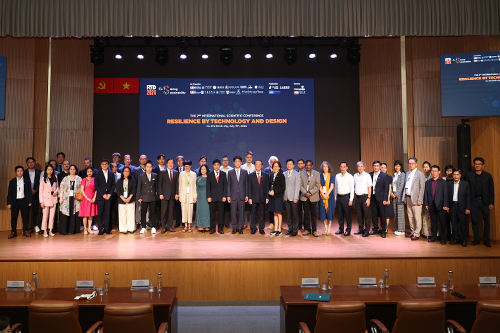
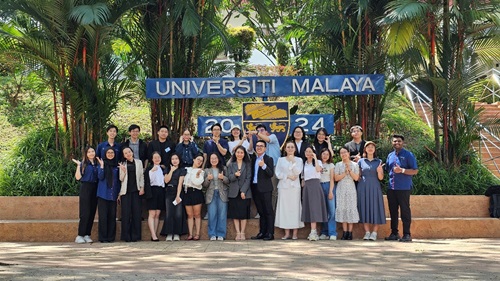
![[Podcast] Latest approaches for sustainable universities](https://en.ueh.edu.vn/images/upload/thumbnail/ueh-thumbnail-042022-071224.png)